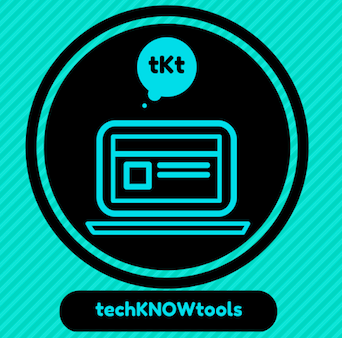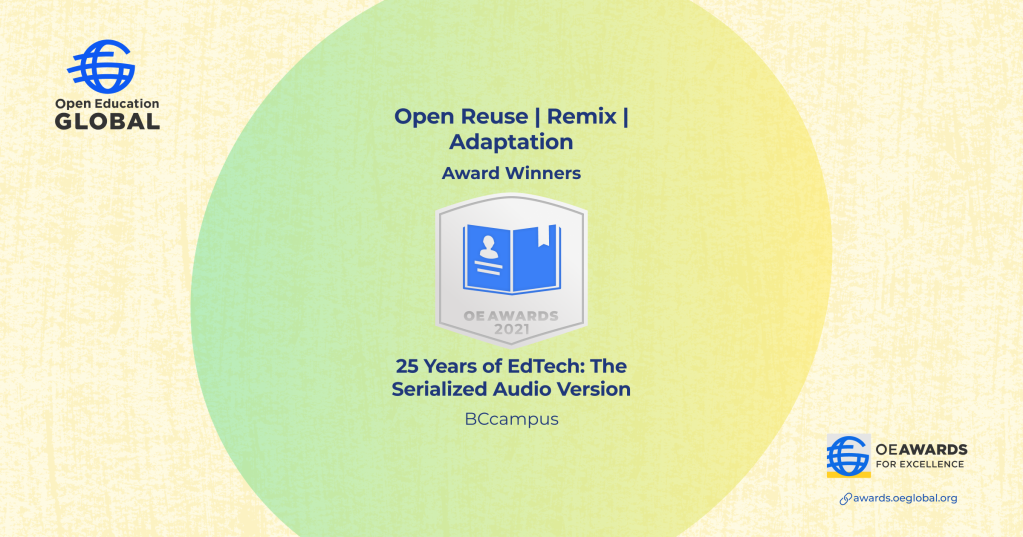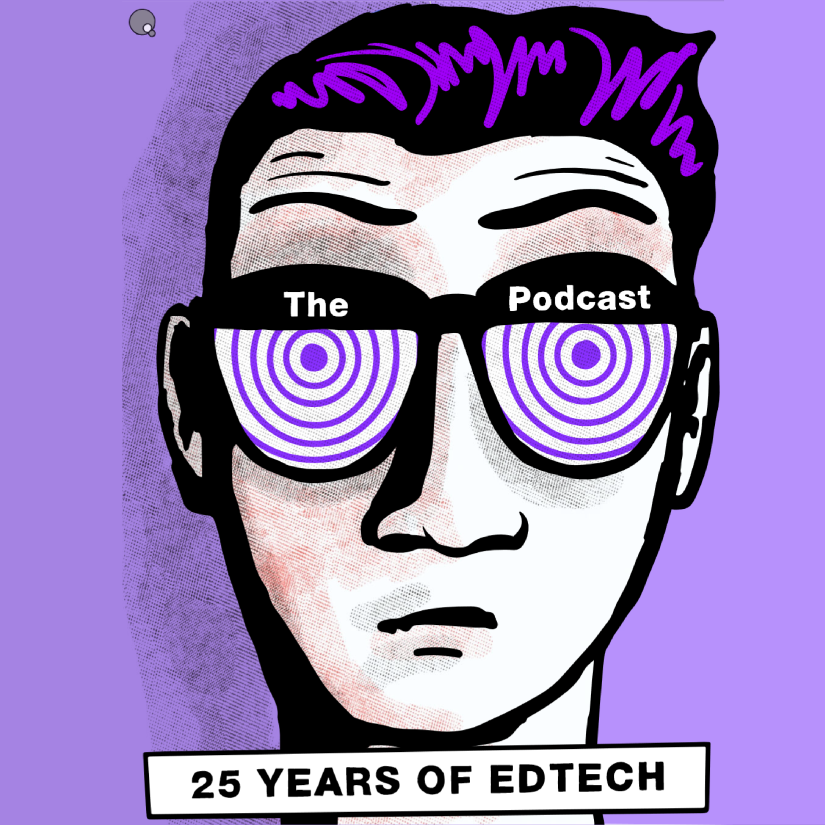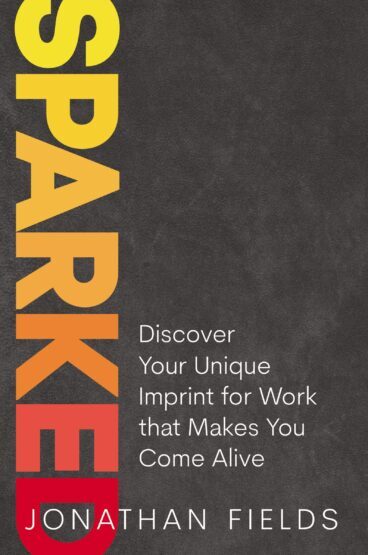It’s been a while since I’ve been here. Sorry blog. It’s me, not you. I have been regularly blogging on here since 2008 (according to my #tbt Blog Survey). I’m not sure why I dropped off from posting last year, but know you’re not the only digital practice (e.g. launching podcast episodes, posting photos, or even tweeting much — if that’s even a thing anymore) that was ignored in 2022. You are not alone.
I miss the art of noticing, documenting, and writing on this blog. This is what brought me to my blog space in the first place. I often blogged to share what I was learning. I blogged to ask questions and get other perspectives. I blogged to share my research findings. I blogged to document milestones and events. I blogged to respond to ideas and to other bloggers. I blogged to bring community & professionals together. I blogged to share my reflections and perspective. All this to say… I’M BACK!
Over the winter holidays I spent some down time on the coast in Mexico. This much needed RnR was paired with reading, writing, and of course, listening to podcasts. One Hello Monday episode caught ear where Jessi Hempl was talking about PURPOSE with the Mighty Networks founder Gina Bianchini. Maybe it was the crashing waves on the beach or the turbulent ride of the previous year, but I was feeling a bit rudderless towards the end of 2022.
Find something more important than you are.”
Dan Dennet
Now, I am not on a quest for purpose + passion at work — as doing what you love is NOT always sound advice. But I’ve noticed lately, I’ve been lacking some sort of north star in my life, i.e. purpose. The act of meaning-making, specifically with a community is missing. In the past, I’ve been part of communities, teams, and groups who have formed with a clear purpose, specific goals, and designed to impact/influence/help others. I miss being rooted by something more than just my own plans, goals, and ideas. So, I’ve decided to make my word of the year (or at least Q1): PURPOSE.

After learning about the “Purpose 30” (30 days ~ 30 minutes/day ~ 6 questions + journal + favorite beverage) I picked up a copy of Gina’s book: PURPOSE: Design a community and change your life to draft my own “future story” with these questions in mind:
- What are 3 things that you are able to do in the future that you are not able to do today?
- What are 3 things you’ve accomplished?
- What are 3 things you have taken a stand for?
- What has changed in your world for the better in the most unexpected or surprising way?
- Who are the people you have brought together?
- What are 3 things they are able to do in the future that they aren’t able to do today?
Finding purpose is my new praxis. I’m going to take it day-by-day to see how it goes. Maybe it will lead to my future story, or even writing my ten-year plan (thanks for the exercise Debbie Millman + The Remarkable Life Deck) — who knows? For now, it’s being present with my thoughts and being honest with my reflections to see where it will take me. Into this PURPOSE journey I go!






You must be logged in to post a comment.